Researchers have made significant discoveries about how neutron radiation affects concrete. Their findings indicate that quartz crystals within concrete can heal themselves under radiation, potentially allowing nuclear power plants to operate for longer periods than initially thought. While the study highlights concerns about concrete degradation, it also offers promising insights into mitigating these risks.
It's been known for some time that radiation impacts the structural integrity of concrete. However, until now the details of this were unknown. Researchers can finally demonstrate what properties of concrete affect its structural characteristics under different neutron radiation loads. Their findings raise some concerns whilst reducing others; for example, quartz crystals in concrete can heal themselves, potentially allowing some reactors to run for longer than initially thought possible.
"Concrete is a composite material made up of multiple compounds. These can vary depending on various factors, including local geography, especially the rock aggregate which is a major component in concrete. But rock will often contain quartz. So, understanding how quartz changes under different radiation loads can help us predict how concrete should also behave in general," said Professor Ippei Maruyama from the Department of Architecture.
The team now aims to address several challenges in understanding the expansion behavior of different rock-forming minerals, further clarifying the mechanisms of expansion and developing the ability to predict the expansion of aggregates based on their material properties and environmental conditions. The team also seeks to predict the way cracks form based on mineral expansion. This research could contribute to the selection of materials and design of concrete for future nuclear power plants.
NUCLEAR POWER CONCRETE RADIATION QUARTZ CRYSTALS MATERIAL SCIENCE
United States Latest News, United States Headlines
Similar News:You can also read news stories similar to this one that we have collected from other news sources.
 Lido Impact Staking: Revolutionizing Sustainable Social Impact FundingLido Impact Staking (LIS) launches on January 15th, 2025, offering a groundbreaking approach to sustainable funding for social impact. Users can stake ETH, stETH, or wstETH and allocate staking rewards to causes they support, creating a perpetual funding stream for impactful projects.
Lido Impact Staking: Revolutionizing Sustainable Social Impact FundingLido Impact Staking (LIS) launches on January 15th, 2025, offering a groundbreaking approach to sustainable funding for social impact. Users can stake ETH, stETH, or wstETH and allocate staking rewards to causes they support, creating a perpetual funding stream for impactful projects.
Read more »
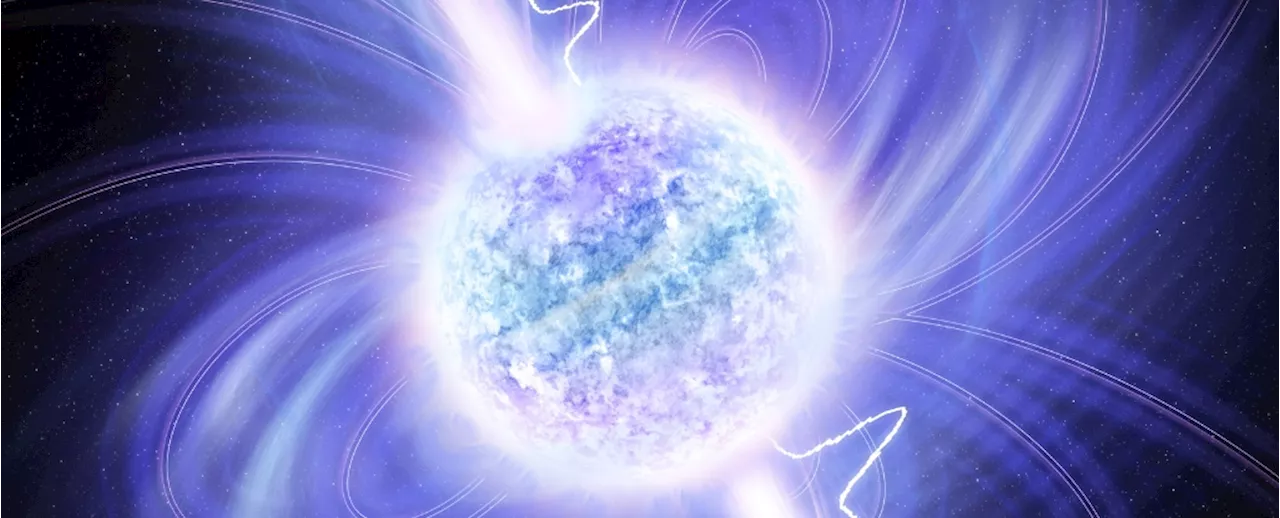 The Slowest Cosmic Lighthouse: Rewriting the Rules of Neutron StarsAstronomers have discovered the slowest rotating pulsar yet, named ASKAP J1839-0756. This object spins once every 6.5 hours and emits radio pulses from both its magnetic poles, a rare phenomenon never seen before in such slowly spinning objects. This discovery challenges our understanding of neutron stars and opens new avenues for exploring their behavior.
The Slowest Cosmic Lighthouse: Rewriting the Rules of Neutron StarsAstronomers have discovered the slowest rotating pulsar yet, named ASKAP J1839-0756. This object spins once every 6.5 hours and emits radio pulses from both its magnetic poles, a rare phenomenon never seen before in such slowly spinning objects. This discovery challenges our understanding of neutron stars and opens new avenues for exploring their behavior.
Read more »
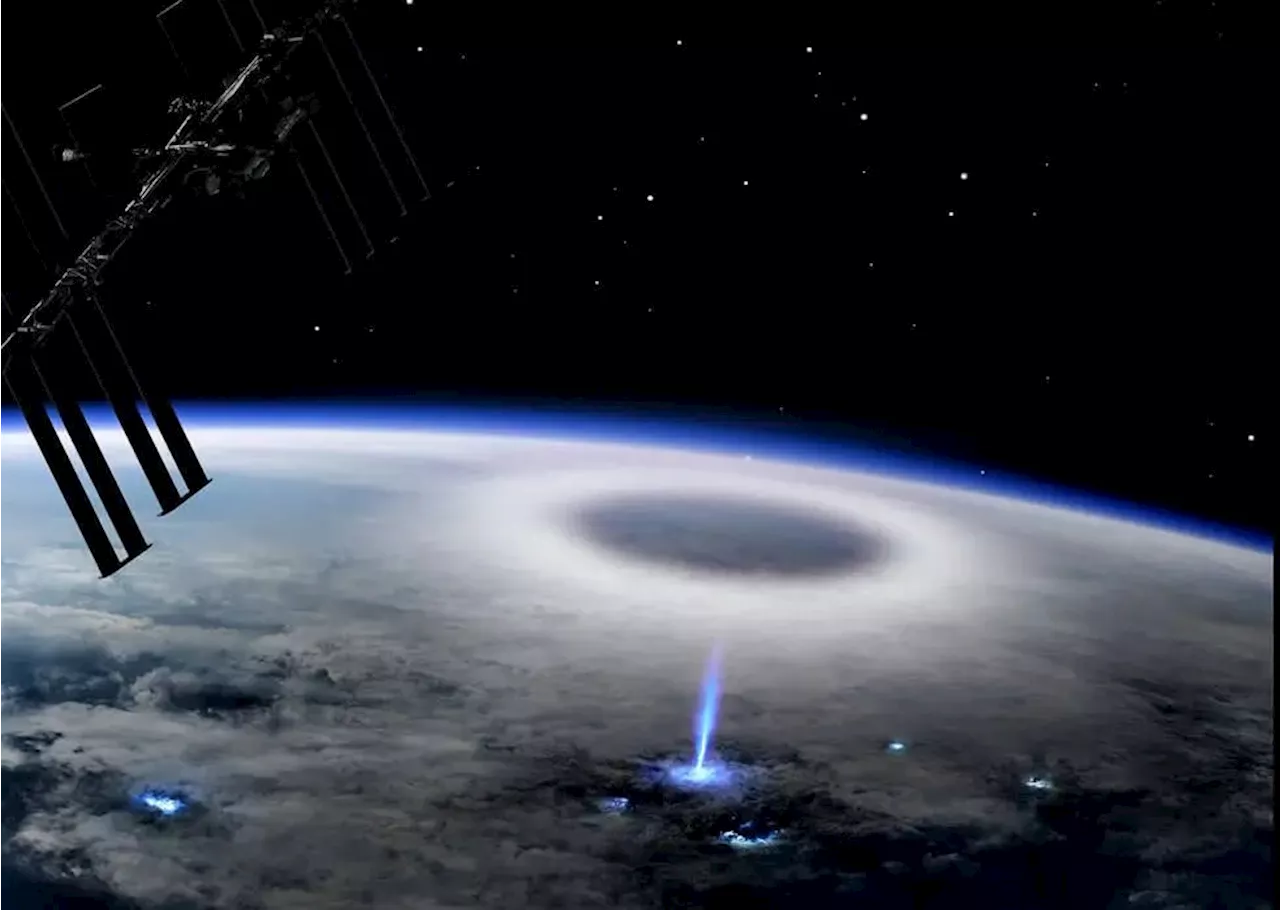 International Space Station Research Unlocks Secrets of Metal Solidification, Atmospheric Lightning, and Neutron StarsInternational Space Station research yields valuable insights into metal solidification, atmospheric lightning, and neutron star properties.
International Space Station Research Unlocks Secrets of Metal Solidification, Atmospheric Lightning, and Neutron StarsInternational Space Station research yields valuable insights into metal solidification, atmospheric lightning, and neutron star properties.
Read more »
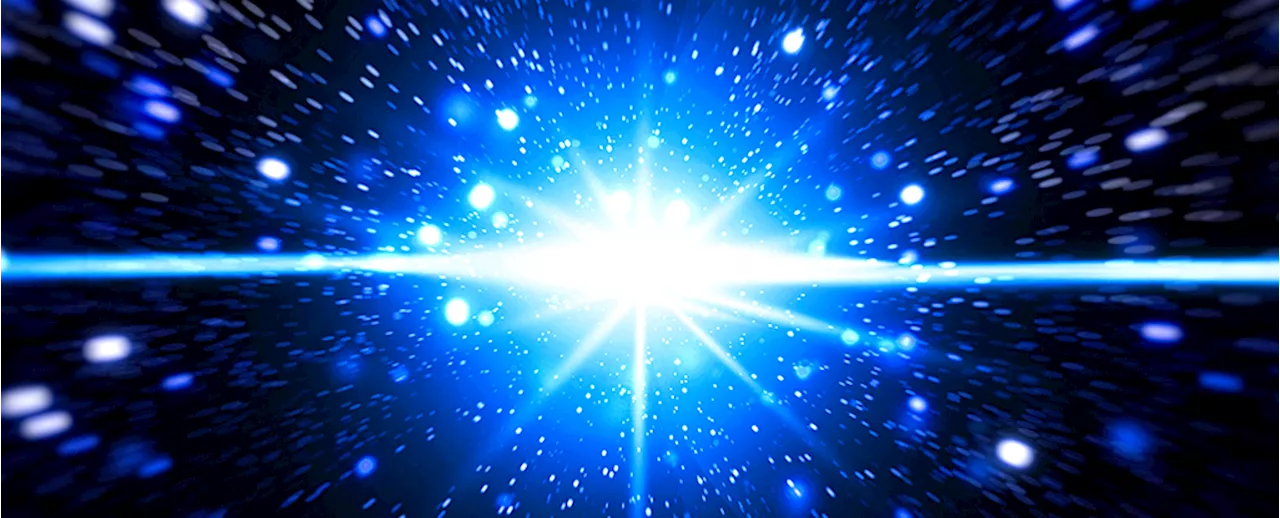 Old Neutron Stars Can Generate Fast Radio BurstsA new study has found that fast radio bursts (FRBs) can be generated by old neutron stars, challenging the previous understanding that only young magnetars could produce these powerful radio signals.
Old Neutron Stars Can Generate Fast Radio BurstsA new study has found that fast radio bursts (FRBs) can be generated by old neutron stars, challenging the previous understanding that only young magnetars could produce these powerful radio signals.
Read more »
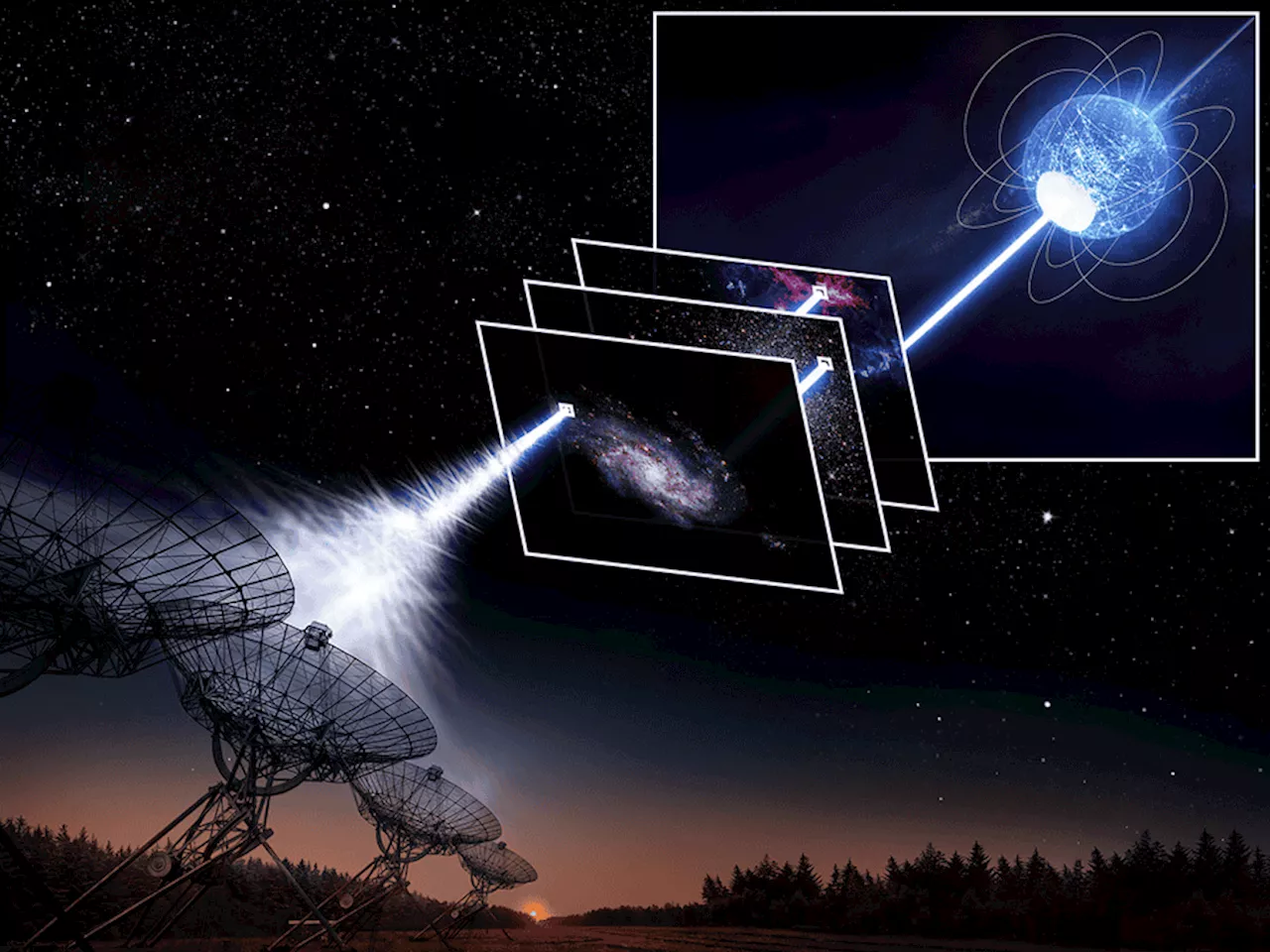 Fast Radio Bursts Linked to Young, Energetic Neutron StarsAstronomers using the Westerbork Synthesis Radio Telescope (WSRT) and a supercomputer called ARTS have discovered 24 new Fast Radio Bursts (FRBs). Detailed analysis of these bursts reveals striking similarities to emissions from young neutron stars, suggesting a connection between FRBs and these highly magnetized objects. The discovery sheds light on the origin of these enigmatic phenomena, but also raises new questions about the immense energy released by FRBs.
Fast Radio Bursts Linked to Young, Energetic Neutron StarsAstronomers using the Westerbork Synthesis Radio Telescope (WSRT) and a supercomputer called ARTS have discovered 24 new Fast Radio Bursts (FRBs). Detailed analysis of these bursts reveals striking similarities to emissions from young neutron stars, suggesting a connection between FRBs and these highly magnetized objects. The discovery sheds light on the origin of these enigmatic phenomena, but also raises new questions about the immense energy released by FRBs.
Read more »
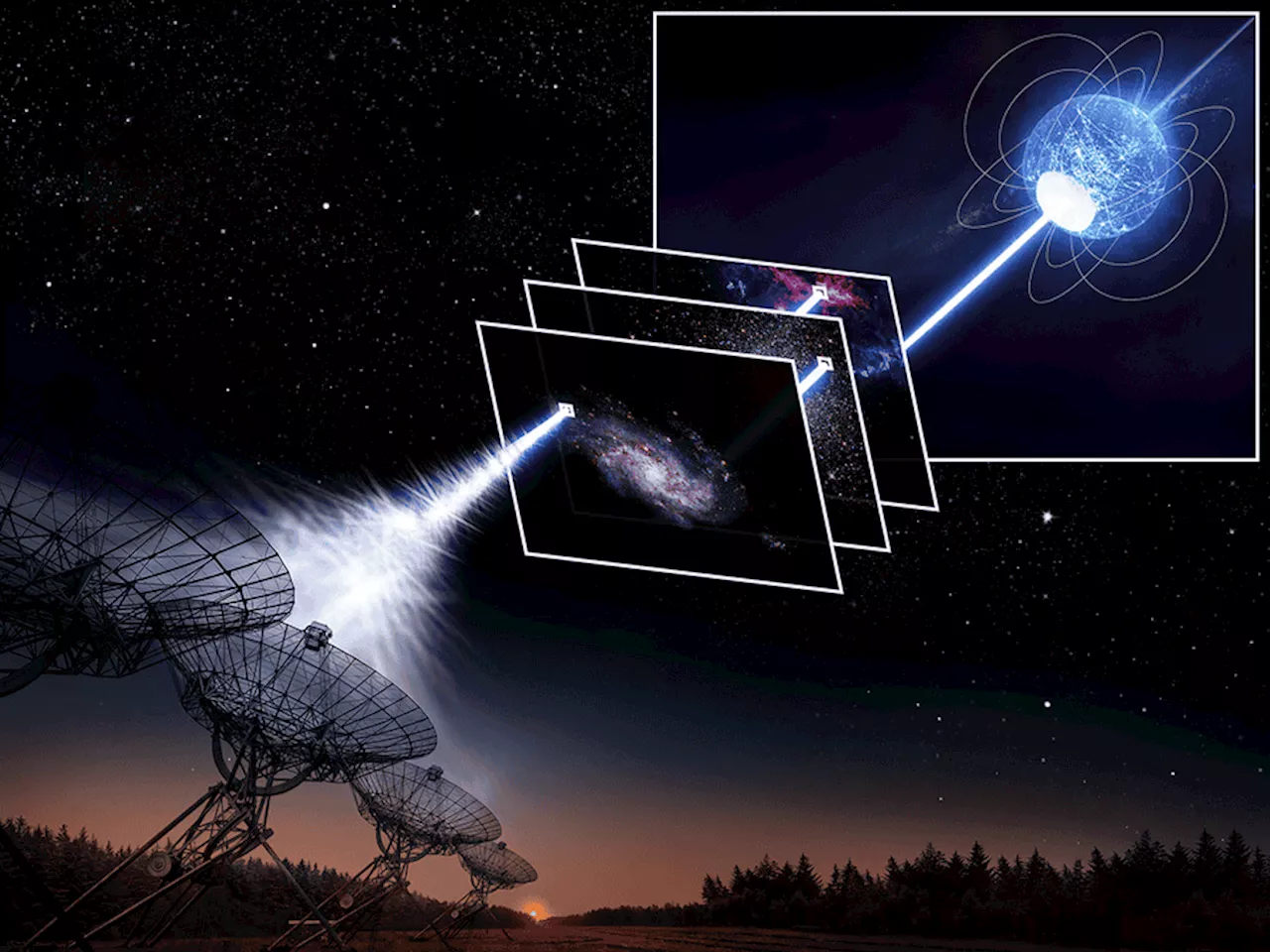 Fast Radio Bursts Appear to Be Caused by Young Neutron StarsSpace and astronomy news
Fast Radio Bursts Appear to Be Caused by Young Neutron StarsSpace and astronomy news
Read more »
